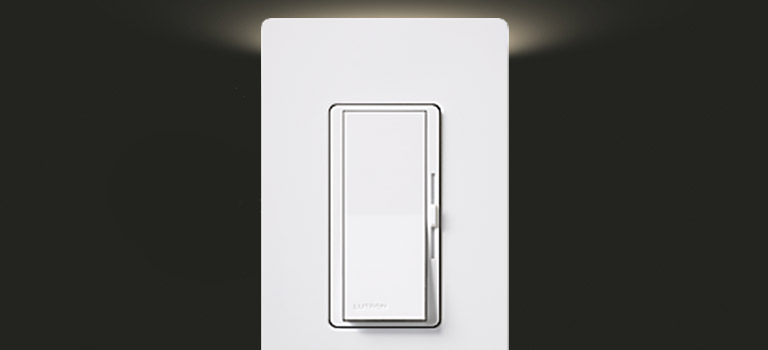LEDs cut your costs of lighting electricity by 75-80%. Here’s a how-to guide to help you decide what to buy.
LED (Light Emitting Diode) bulbs have come down in price, but is cheaper better? How do you know what to choose? What colours are available? Are they all futuristic and ugly? Read below for some things to consider when deciding to purchase LED bulbs and products.
For you (the consumer), the main benefits of LED fixtures are clear: they’re energy efficient, can last for more than 20 years and, in many cases, give off good light. The prices have steadily declined and the designs look more and more like traditional bulbs every day.
Consumers have suffered from confusion when selecting bulbs, and it’s not surprising. LEDs come in different shapes and colours of light, and it’s hard to know, at a glance, how they compare to your favourite incandescent bulbs. To simplify the experience of buying and using LED bulbs, here’s what you need to know (boiled down to five rules):
Please consult a certified electrician before performing any electrical related tasks.
CLICK HERE TO GET A QUOTE
1. I want to go LED. I have taken out my old bulbs. What now?
Not all LED bulbs are the same, just as not all incandescent bulbs are the same. Each fixture type in your home or office comes with a different base. Well, what is the "base"? The base of a lightbulb is the portion that screws, twists, pops, or pushes into the fixture or housing. When deciding to go LED, ensure that the bulb you purchase matches the base of the existing bulb you are replacing. If the bases do not match, you may be left with an open product that you cannot return.

2. Colour or colour temperature
When LEDs first started making their waves, many people were turned off by the bright white, hospital-looking colour. Thankfully, advancements in LED technology have provided us with a wide array of colours, as well as shades of white. For now, we will focus on the shades of white.
The colour of the light given off by a bulb is measured in a unit called Kelvins. You may see a 4-digit number with a "K" on the end; i.e. 3000K. The 4 digit number represents the degrees of "K" or Kelvin. For most residential applications, you will be looking to choose 2500K, 3000K, or 3500K. The lower the Kelvin, the warmer and more orange/yellow the light appears. As we climb into the 5000K range, we get a cooler white, a more bluish colour.

3. Shop for Lumens, not Watts
Watts are a measure of how much energy the bulbs draws, not its brightness. Nevertheless, we are accustomed to shopping for incandescent lightbulbs by their watts, and we know how much light to expect from a 60-, 100-, or 150-watt bulb. LED bulbs are also rated by watts. But that’s no help because there’s no easy way to compare LED watts with incandescent watts. “There isn’t a uniform way to convert incandescent watts to LED watts,” says C|NET.
Now, instead of watts, use lumens as the yardstick for brightness. Packaging on LED bulbs rates brightness in lumens (and in watts). To replace a 150-watt incandescent bulb, look for an LED rated at 2600 lumens (25-28 LED watts), C|NET says.

4. Choose the right dimmer for your bulbs.
Another common issue with LEDs is that they are not compatible with your exisitng dimmer. Dimmers installed in your house more than 5 years ago were not made to work with the new LED technology and most likely will not dim your new LED lights and bulbs. Some buzz, some flicker, some strobe as you try to dim your light and some do not respond to the dimmer switch at all. This can be a tough problem to remedy as you may not know what brand the existing dimmers in your house but most likely they will need to be replaced. We can recommend the right one and install it for you too.
Be aware of cheap, no-name bulbs or off brands. It is always best to stick with a reputable brand and a reputable distributor. Going with the cheapest bulb is not always good practice. Reputable brands go through ruthless quality control and have great warranties. Some cheap bulbs may fail early or cause problems in the future.

5. Smart LED lighting
Smart LED lighting comes in all functionalities and brands. Going in-depth on the different brands is best saved for your own research. What we will say is this: make sure the system you choose is the system you have researched and will stick with. Most smart lighting is expandable; you can start with one bulb, or one room, and increase to your whole home or office over time. The downside is that most brands are not compatible with one another. If you plan on going with a smart system, make sure you have done enough research to know that it is the right one for you and that you plan on using it for a long time.
Contact HomeSAFE today if you are planning on making the switch to LED.
Juno Lighting Products Control with Alexa
Controlling Your Room Lighting with Alexa
Juno Lighting Products
Smart Home Lighting Products by Juno
Lighting Control of Juno Smart Home Lighting with Voice
